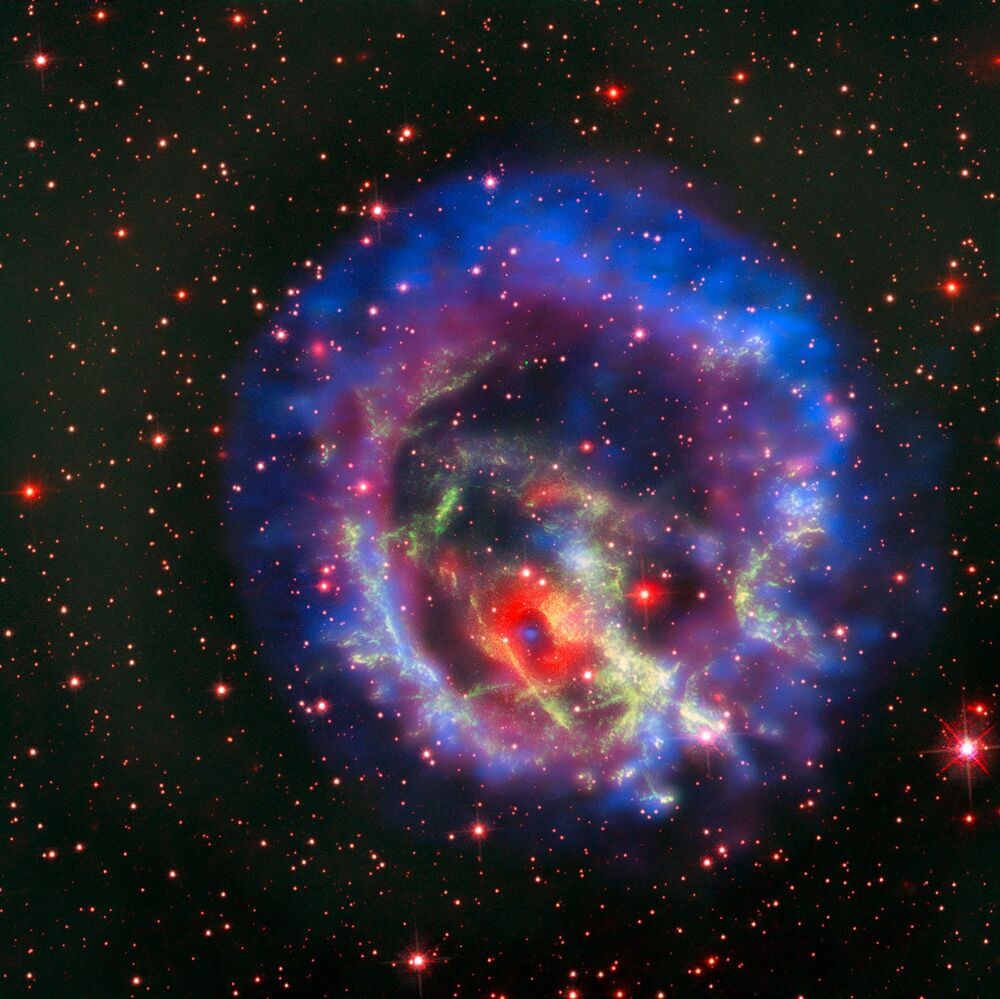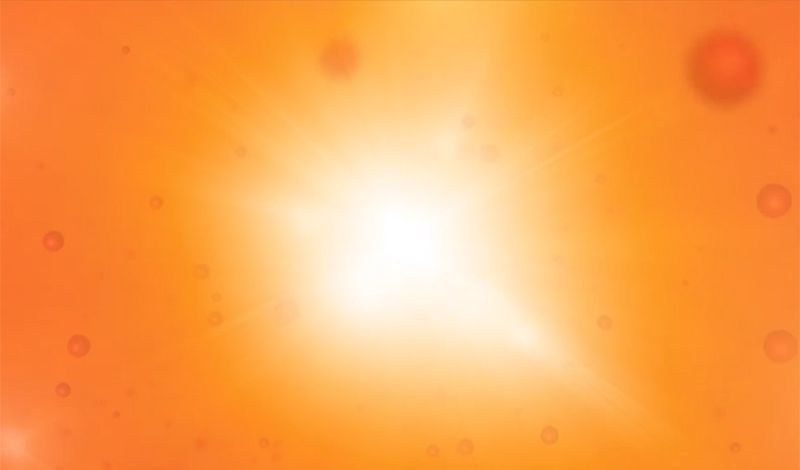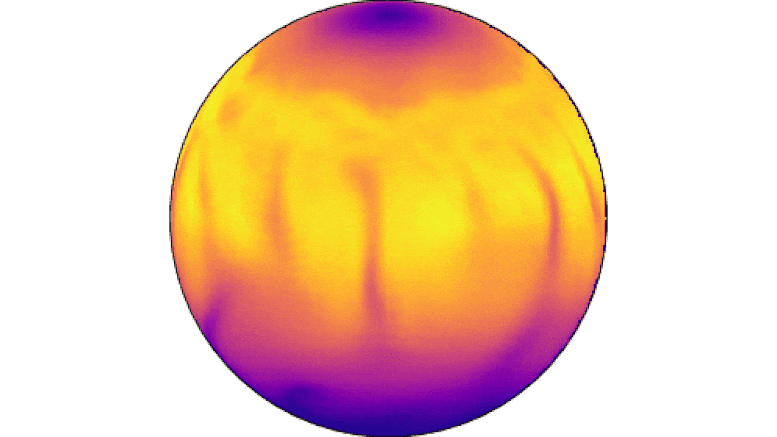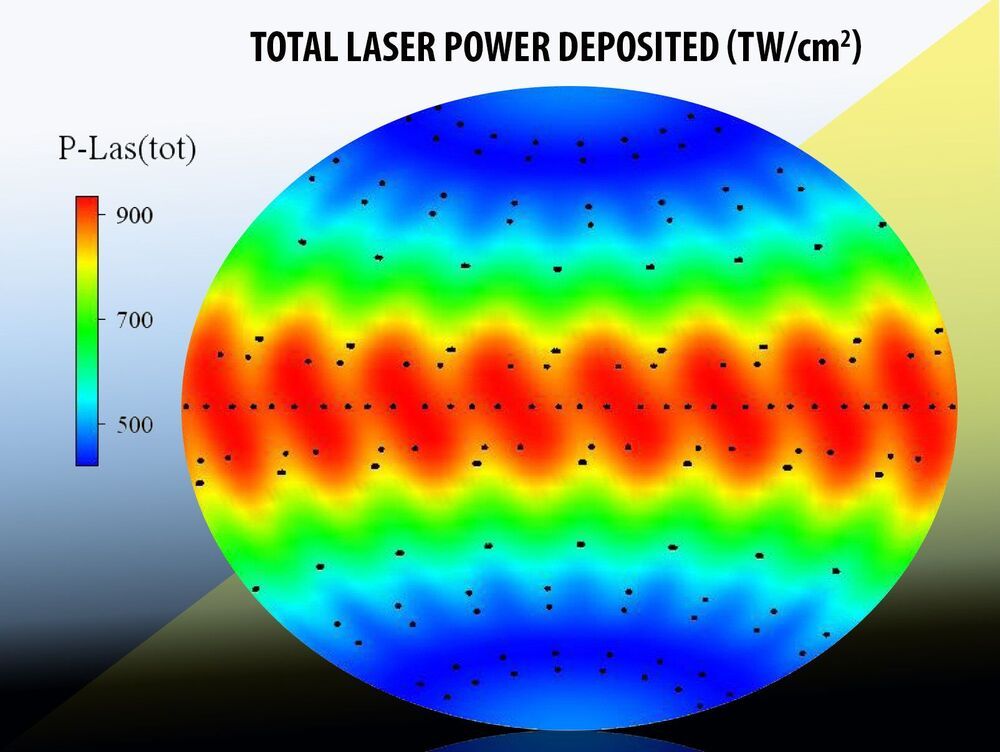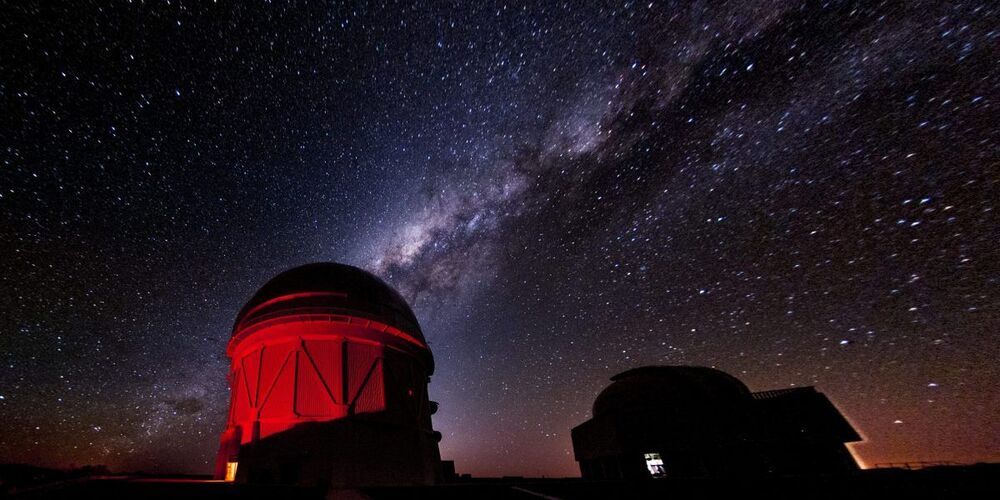A ball of gas around the Milky Way’s black hole has sparked a new debate. Could it be a massive puff of dark matter?
The orbit of S2 and its stellar companions indicated that they were circling around a massive object, about 4 million times the mass of the Sun. Although astronomers could not directly see the object, they knew it could only be one thing.
By 1974, the object, eventually dubbed Sagittarius A*, was more or less solidified as your own local supermassive black hole. Since then, scientists have made several follow-up observations to reestablish the existence of this dark, lurking beast in the Milky Way — even turning one of the largest virtual telescopes in the world on it.
But not everyone seems to agree on the true nature of Sagittarius A*. A recent study claims that the black hole of our galaxy is not a black hole at all. Instead, it gives a more exotic take on physics that isn’t yet proven: that Sagittarius A* is an imposter, not a black hole but a massive, fluffy ball of fermionic dark matter.
